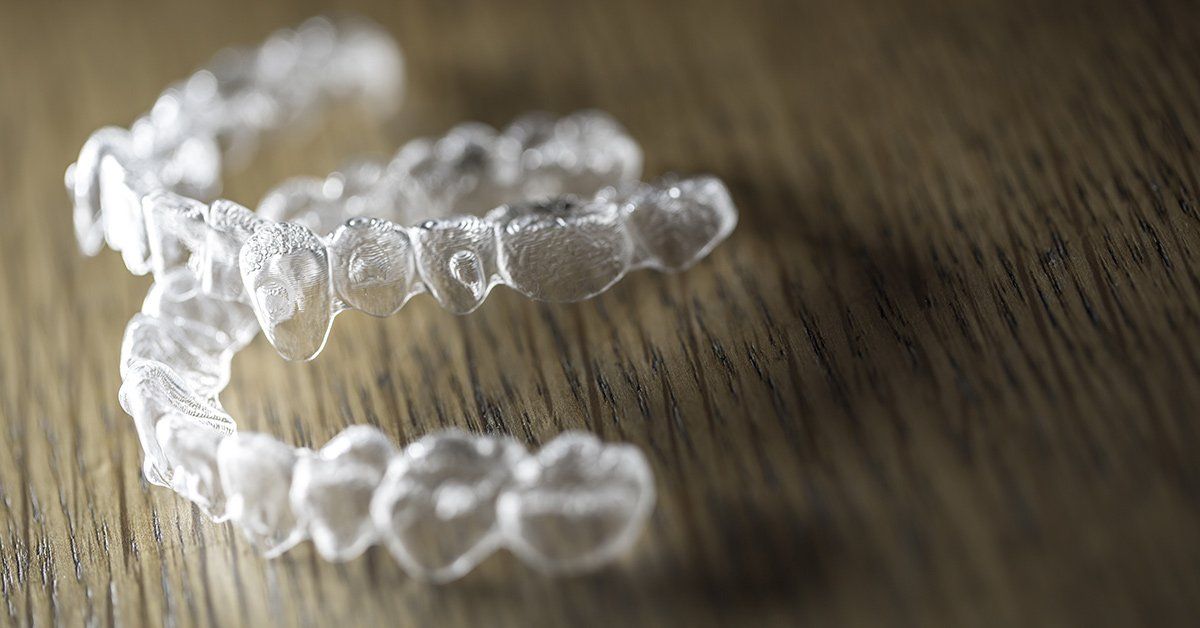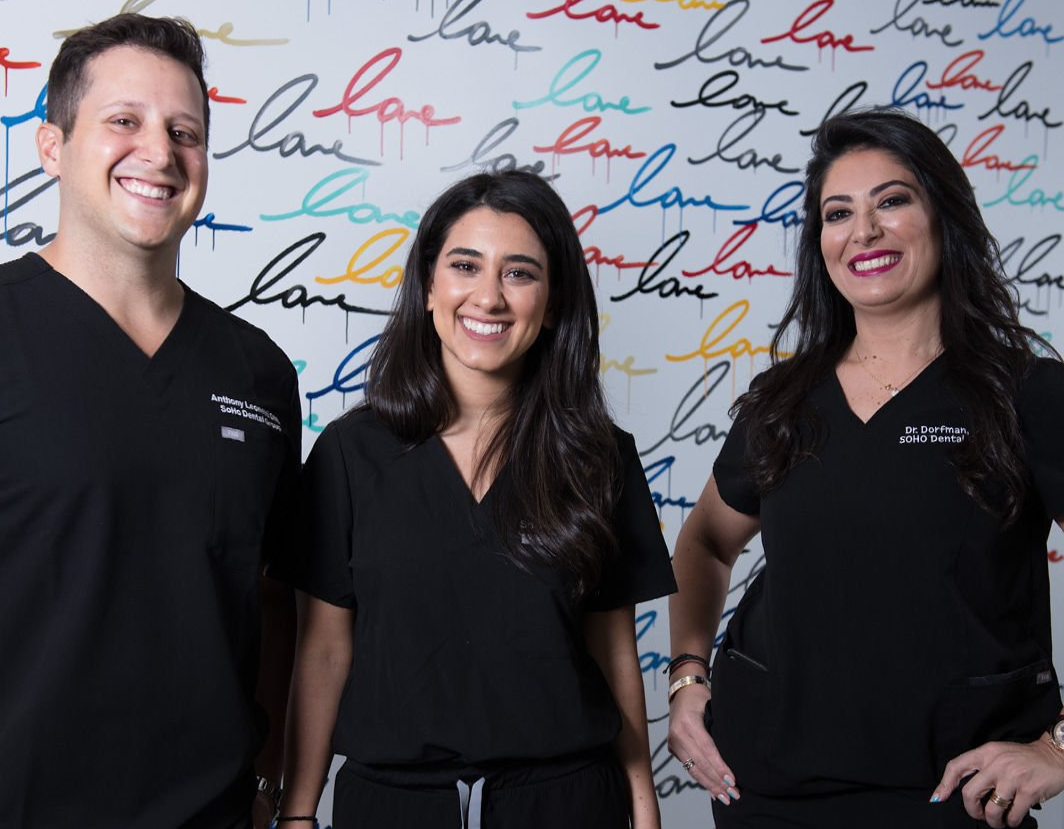How Long Does Invisalign Take To Straighten Teeth? A Definitive Guide
Are you planning on straightening your smile? How long does Invisalign take to fix teeth? Find out here.
Long gone are the days where those of us with crooked smiles had no option but to endure braces, headgear, and other forms of "metal mouth."
Now, adults and teens alike are embracing clear plastic aligners, the most popular of which is Invisalign. Invisalign promises to correct your teeth without installing metal hardware, and its subtle appearance makes it ideal for older teens and adults that don't want to be seen with braces.
But how long does Invisalign take to straighten teeth, and is it the right choice for you? Read on to find out.
How Long Does Invisalign Take to Straighten Teeth?
If you're one of the 65% of adults in America who has misaligned teeth, you likely fall into one of these categories:
- You never had braces or any other tooth alignment as a child, or
- you did have braces, but your teeth shifted over time due to not wearing your retainer.
In either case, Invisalign can help give you a straighter smile, and it doesn't take as long as you might think. Most patients begin to see results after the first few weeks
, and the full duration of treatment only takes an average of 12 months. After treatment has ended, wearing a retainer will help keep your new smile from shifting out of place.
Factors That Cause Variation in Wear Time
Every person's mouth is as unique as their fingerprint. As such, it's impossible to pinpoint an exact duration for treatment. Some patients who only need minor corrections can complete treatment in as few as six months, while others may need up to 18.
Here are a few of the main factors that contribute to differences in treatment duration.
Teeth Crowding
If your jaw is on the smaller side (or your teeth are on the larger side) you might have teeth that are misaligned due to crowding. Some minor cases of crowding can be corrected in as few as six months, while moderate cases will take closer to a year. The more dental crowding you have, the more distance your teeth will have to move and the longer the treatment will take.
For very severe cases of crowding, your dentist may recommend another course of treatment before starting Invisalign.
Gaps in Teeth
Gaps between teeth, known as diastemata, can be a result of tissue overgrowth or teeth that are small compared to the jawbone. Similar to crowding, minor gaps will take much less time to fix than severe gaps.
If you have both moderate to severe gaps and crowding, expect your treatment to take closer to 18 months depending on how quickly your teeth adjust.
In some cases, the jaw is too large and the teeth are too small. This may make difficult to fully close your gaps. The dentist may recommend other forms of treatment after Invisalign such as bonding or veneers.
Patient Age
Invisalign is great for both teens and adults, but how old you are can also affect how quickly it works. Because teens are still growing, their teeth tend to move faster and easier than adults.
That being said, some people's teeth just move faster than others, no matter what age they are. Some older adults might see results much faster than their children (though compliance with a treatment plan might have something to do with that). You're never too old for clear aligners to work.
Compliance
Even if your teeth only need minimal correction from the start, not wearing your aligners according to your dentist's plan can extend your treatment time by a significant amount.
For best results, you should wear your Invisalign trays for at least 22 hours per day. You can take them out to clean them, eat, and brush your teeth. But at any other time of the day or night—even while you're sleeping—you should be wearing them.
If you don't wear your aligners for the recommended time, you might find yourself regressing in treatment as your teeth shift back to their original positions.
How Does Invisalign Compare to Traditional Braces?
Even though Invisalign trays aren't permanently affixed to your teeth, they can work as fast or faster than traditional braces. Many adults are opposed to wearing metal braces for cosmetic reasons, but this isn’t the only downside to traditional braces.
For one, it's far too easy to snap the metal wires when you're eating a crunchy snack, thus extending your treatment time. That's one of the reasons that braces come with food restrictions. A typical no-go list for braces includes:
- Crunchy snacks like popcorn
- Hard foods like pretzels and nuts
- Anything chewy, like bagels or licorice candies
- Anything sticky, like chewing gum or caramel
- Any food you have to bite into to eat, like whole apples or corn on the cob
For those of us who can't go without popcorn at the movies or visit a fall festival without eating a caramel apple, going a long span of time without your favorite foods is a real drag. But because Invisalign trays are removed when you eat, there aren't any dietary restrictions during the course of your treatment. Also, while acrylic aligners aren't unbreakable, they're a lot more durable than those thin metal wires and rubber bands.
How Do I Know if Invisalign Is Right for Me?
The best way to know if clear aligners are the right choice for you is to visit a qualified dentist for a consultation. They'll be able to answer any questions you have about the process, including "how long does Invisalign take to straighten teeth like mine?"
Looking for a dentist with a great track record of straightening smiles with Invisalign? Contact Soho Dental Group to schedule your initial exam today.


